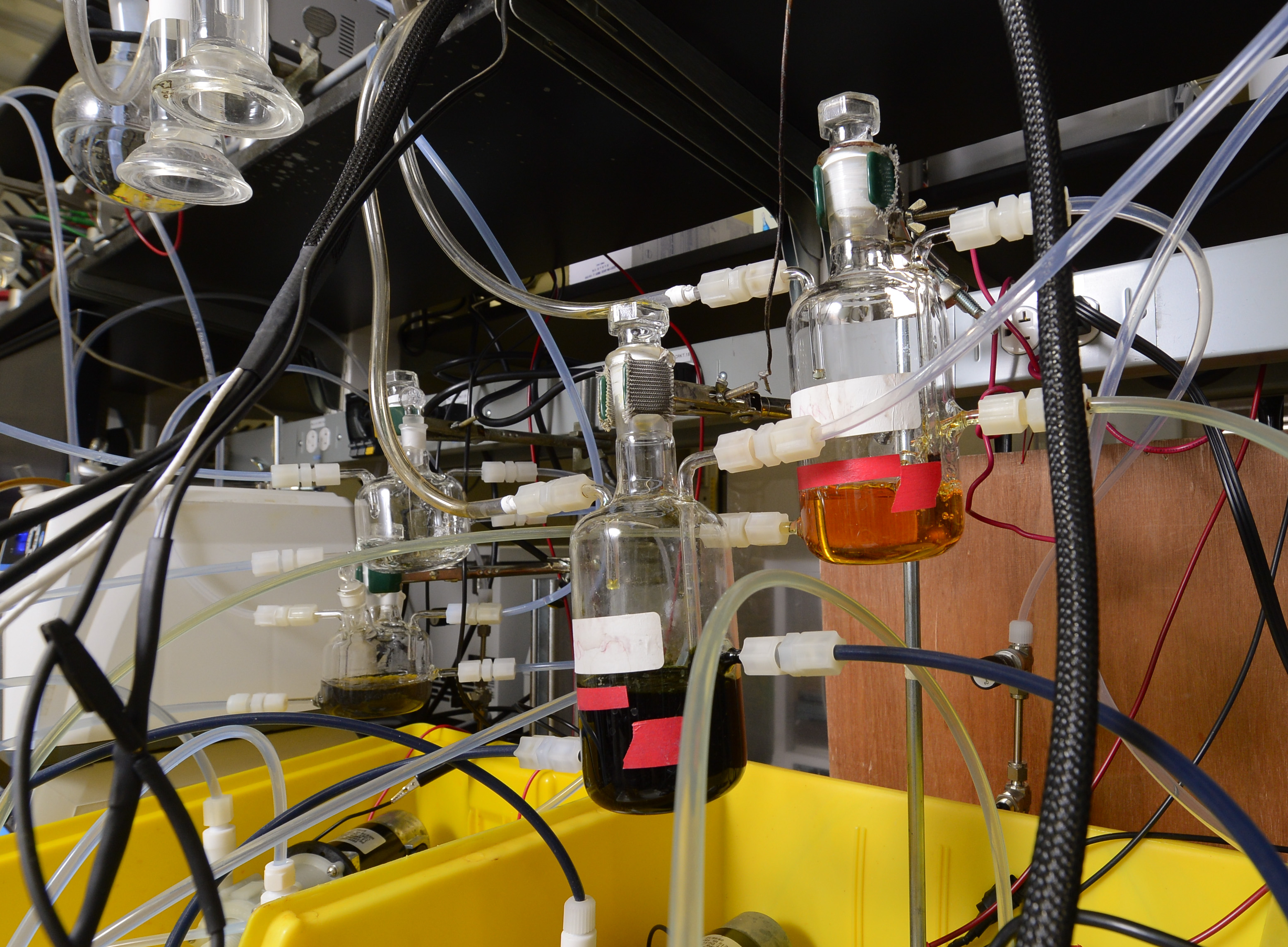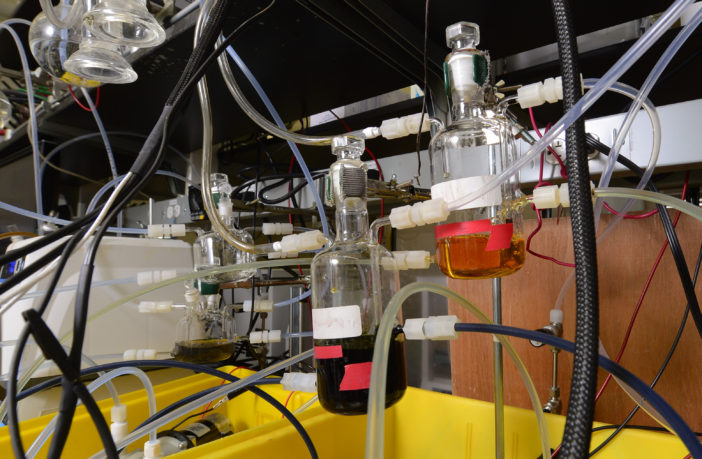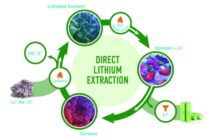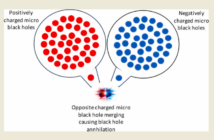 Batteries are very useful when it comes to powering our gadgets, but we cannot deny the fact that they are also dangerous. Composed of materials necessary to create a chemical reaction and produce electricity, batteries contain harmful and toxic elements which may be harmful to humans and nature. Users are often advised to store or recycle their batteries in an appropriate manner. Mishandling batteries may result in unwanted mishaps. This includes fire, property damage and/or injury.
Batteries are very useful when it comes to powering our gadgets, but we cannot deny the fact that they are also dangerous. Composed of materials necessary to create a chemical reaction and produce electricity, batteries contain harmful and toxic elements which may be harmful to humans and nature. Users are often advised to store or recycle their batteries in an appropriate manner. Mishandling batteries may result in unwanted mishaps. This includes fire, property damage and/or injury.
With this in mind, is it possible for consumers to find a non-toxic battery that is safe for use and disposal?
The Organic Flow Battery
The Journal of the Electrochemical Society has recently published the results of research conducted by the University of Southern California (USC) in creating a totally organic battery. It works like a fuel cell, consisting two separate tanks that contain solutions of electro-active chemicals. A membrane divides the cell as the electrolytes are pumped. Electricity is produced as the solutions interact within the membrane, working as the channel in which ions move.
USC researchers say that this discovery is a cheaper and more eco-friendly alternative to the traditional li-ion variant. Additionally, the organic flow battery can be scaled up for use in solar and wind power plants, helping communities store larger amounts of energy.
Organic Flow Battery Versus Li-ion Battery: A Comparison
Sri Narayan, a chemistry professor at the USC College of Letters, Arts And Sciences, reveals, “The batteries last for about 5,000 cycles, giving them an estimated 15-year lifespan.” Narayan disclosed that li-ion batteries tend to degrade at around 1,000 cycles and will cost 10 times more to manufacture, making the organic flow battery a cheaper, and much more effective solution.
The Potential For Organic Flow Batteries
The core of the new flow battery technology is the electroactive materials used. Researchers developed it based on organic compounds called quinones, mainly found in plants, fungi and bacteria.
The quinones used in this new battery are:
- Negative Pole: anthraquinone-2-sulfonic acid or anthraquinone-2,6-disulfonic acid
- Positive Pole: 1,2-dihydrobenzoquinone- 3,5-disulfonic acid on the positive side of the cell.
This new innovation may be one of the best solutions in making use of renewable energy sources.
“‘Mega-scale’ energy storage is a critical problem in the future of the renewable energy, requiring inexpensive and eco-friendly solutions,” Narayan points out. With organic flow batteries used to contain surplus energy, communities will have access to reliable power in the future.
Surya Prakash, also a chemistry professor at the same department at USC, shares, “Such organic flow batteries will be game-changers for grid electrical energy storage in terms of simplicity, cost, reliability and sustainability.”
Image Source: Gigaom
Related Posts:
Rhubarb Flow Battery Shows Great Potential For Renewable Energy
Better Energy Storage Battery Can Solve NASA’s Mars Exploration Challenges
Thermal and Thermochemical Conversion of Biomass into Energy
5 Common Biofuels to Know About




